Our 5 tips for choosing a telescope this Black Friday 2025
You've waited until the biggest sales event of the year to scope out the best telescope deal — so make sure you know what to look for before you dive in.

Like you, our experts have been keeping an eye on telescope price drops ahead of Black Friday.
Black Friday is usually a great time to splurge on tech, as companies compete to offer the best prices and shift their stock. Companies don't want large items like telescopes sitting around taking up space for too long — they want to buy them in and sell them on quickly. Black Friday offers a good opportunity to do this. Unlike Prime Day, it isn't exclusive to Amazon either. Adorama, BestBuy, Walmart, Unistellar and more will all be slashing their prices.
If you've been telescope shopping for a while, you'll know that there are hundreds of models, lots of specs to get to grips with, and lots of words you've probably never heard of describing your prospective new skywatching instrument.
Our experts are here to help you cut through the jargon and help you choose the right telescope for you. There are different types of telescopes, different apertures (light-gathering ability) and different set-up complexities. Not mentioning the plethora of accessories on offer: mounts, tripods, eyepieces, red dot finders and more.
Here are five tips for choosing the best telescope for you. In short, you need to consider the type of telescope, what you will be looking at and in what environment, how much space you have and what accessories you will need. Explore our advice below, and once you know what to look for, head over to our Black Friday hub for all the best deals. Our expert tech reviewers and deal-finders will be updating this regularly.
1. Decide which type of telescope you'll need
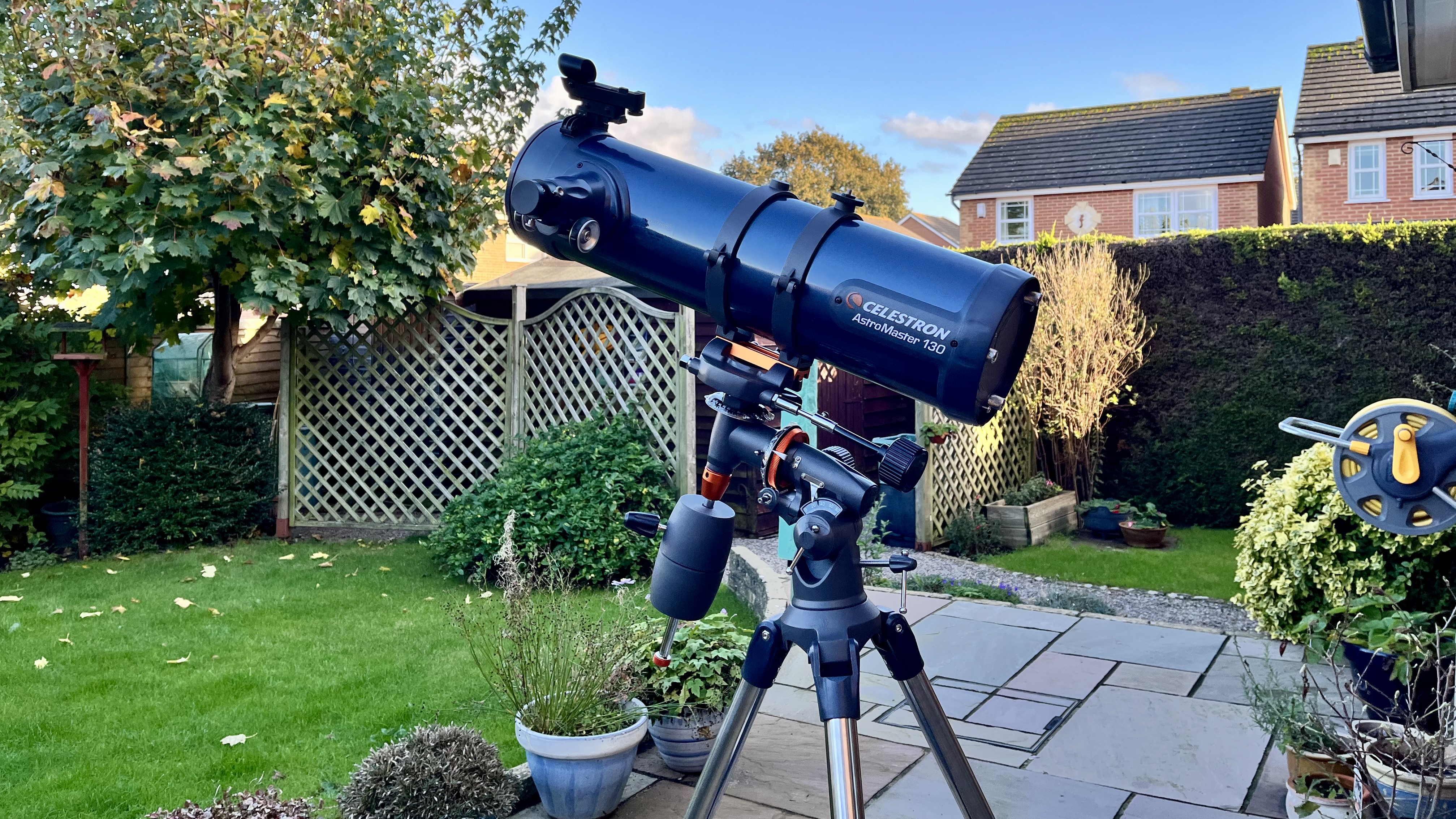
- Know the difference between refractors, reflectors and compound telescopes
- Decide which telescope is best for your hobby
We have a whole Live Science article dedicated to types of telescopes, but we'll cover the pertinent details here:
Refractor telescopes
Get the world’s most fascinating discoveries delivered straight to your inbox.
Ask a child to draw a picture of a telescope, and this is what they will draw. A refractor is essentially a spyglass, a tube with lenses at either end that work together to make faraway objects appear closer to you, the viewer. This type of telescope was famously used by the great scientist Galileo to observe craters on the moon, sunspots and discover the four largest moons of Jupiter. They are best for viewing planets and moons, but shouldn't be used for viewing galaxies and nebulas.
The key advice if you're considering a refractor telescope is to buy the best one you can afford. The Celestron Inspire 100AZ is perfect for amateur astronomers looking to get a closer look at our nearest celestial neighbors.
Reflector telescopes
Reflectors use mirrors to collect light (instead of lenses), and they are now the most popular type of telescope. They act as both a good general-purpose telescope, but can also be used for viewing many solar system and deep-space objects.
You'll typically get better value for money with a reflector. Even an entry-level reflector will provide wonderful views of the spiral galaxies and the misty blossoms of nebulas (under a dark sky, of course). The downside of them is that you have to maintain the optics to keep them clean and aligned.
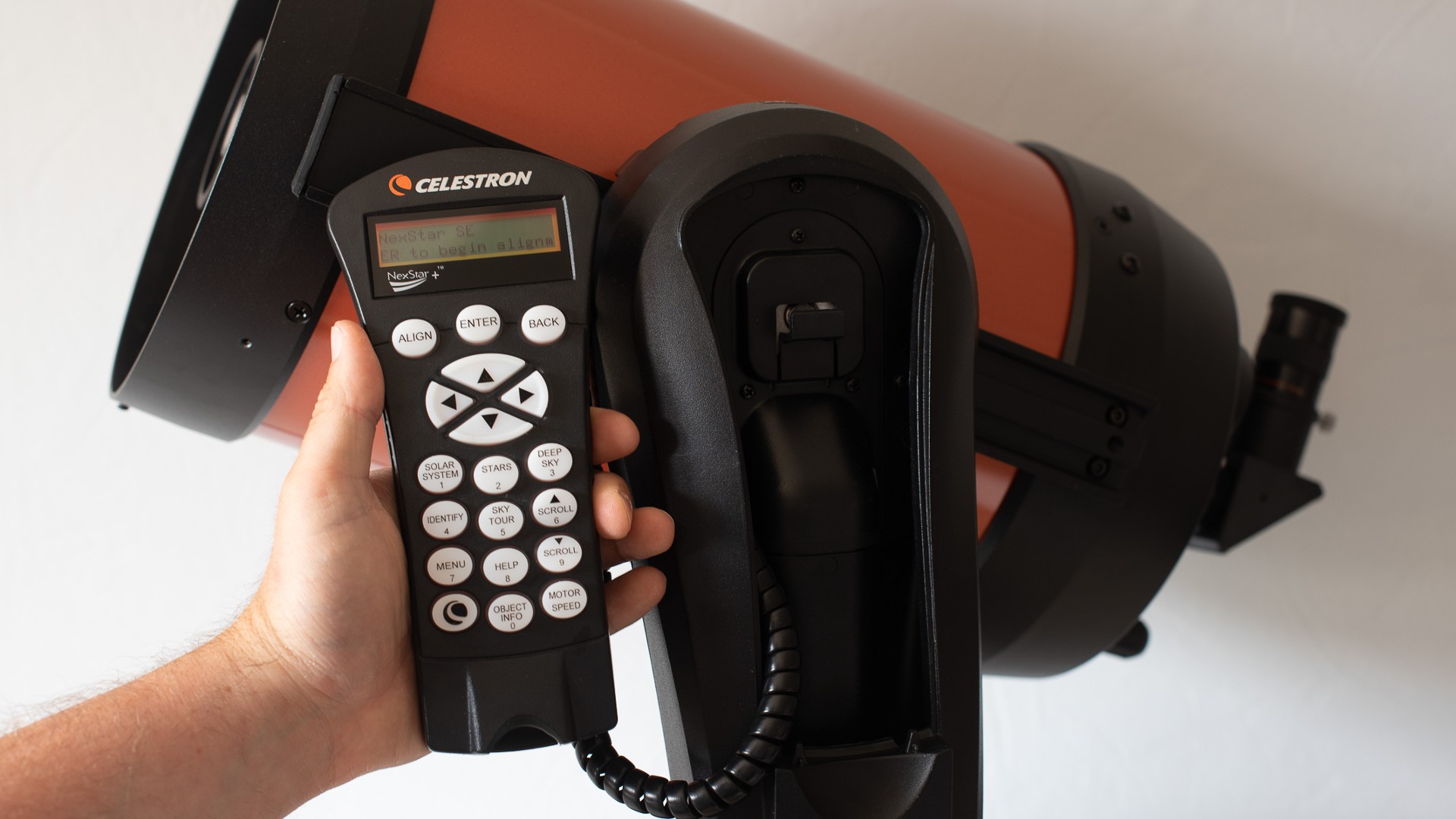
Catadioptric (compound) telescopes
As you've probably guessed, these use a combination of mirrors and lenses, utilizing the best parts of the above styles. They are often short and stubby (so stowable), but they are usually fairly heavy and, yes, expensive. Probably not the cheapest choice as your first telescope, but you can find them for under $500, like the Celestron AstroFi 102.
2. Focus on aperture, not magnification
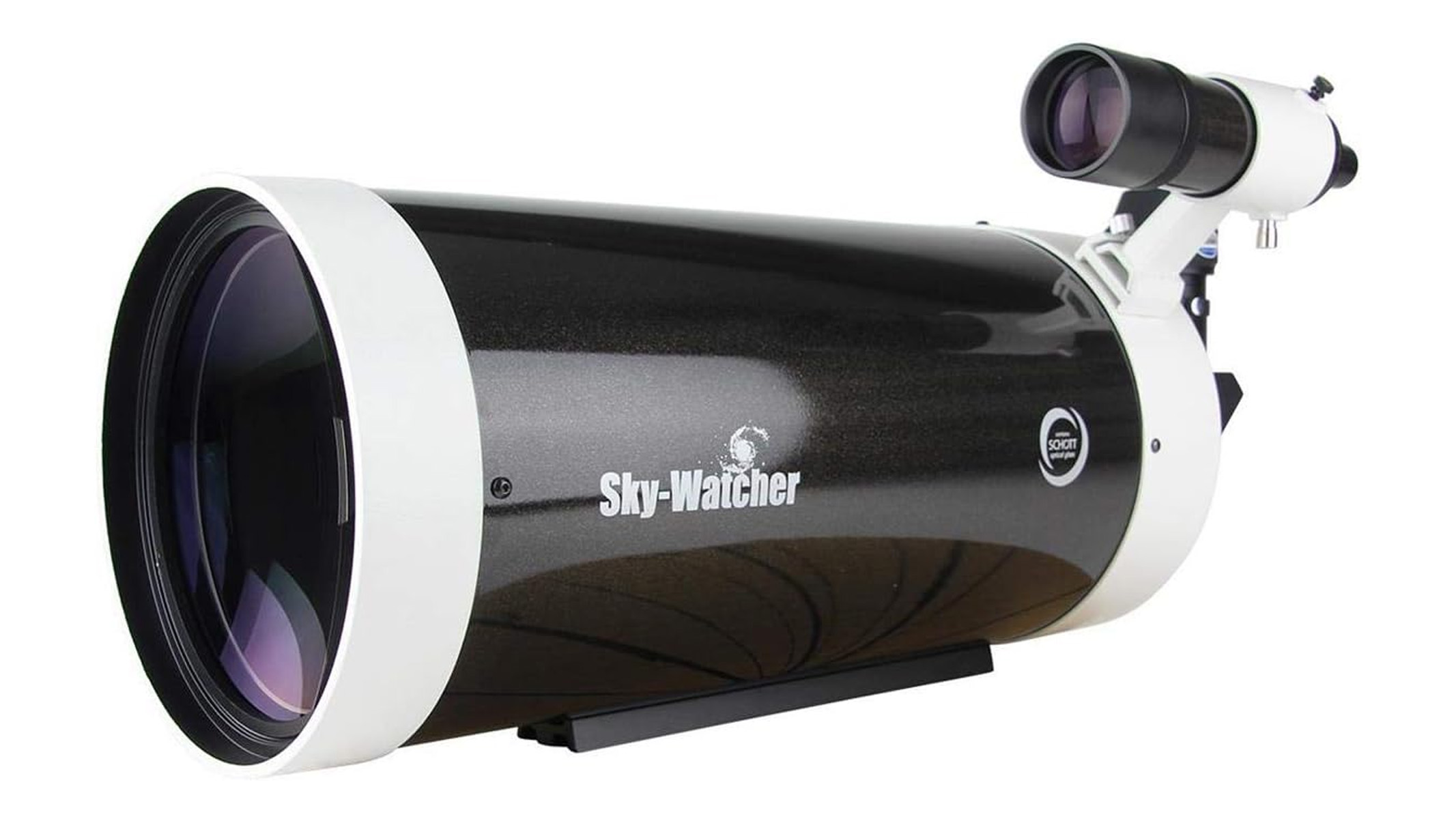
- Do you want to be able to see intricate features?
- How much light does your telescope need to gather?
You might think magnification is the most important factor — you want to bring objects closer to you so you can see them in more detail, after all — but it isn't. The most critical factor is its aperture.
Aperture determines the telescope's light-gathering ability (a larger aperture collects more light) and resolving power (the ability to see finer details). Magnification simply enlarges the image, but if there isn't enough light, you will see a disappointingly blurry image.
You might see the phrase "useful magnification". As a good rule of thumb, a useful magnification is about 50 times its aperture in inches. For example, for a 4-inch aperture telescope, this would be 200x magnification. Any higher magnification than that would result in a poor-quality image.
The more light-gathering power a telescope has, the better it will be for seeing galaxies. Our experts would typically recommend a telescope with an aperture of at least 8 inches (200 millimeters). Larger apertures of 10 inches or more will give even better results, depending on the "condition" of your sky, which leads us nicely onto our next point.
3. Where do you plan to observe?
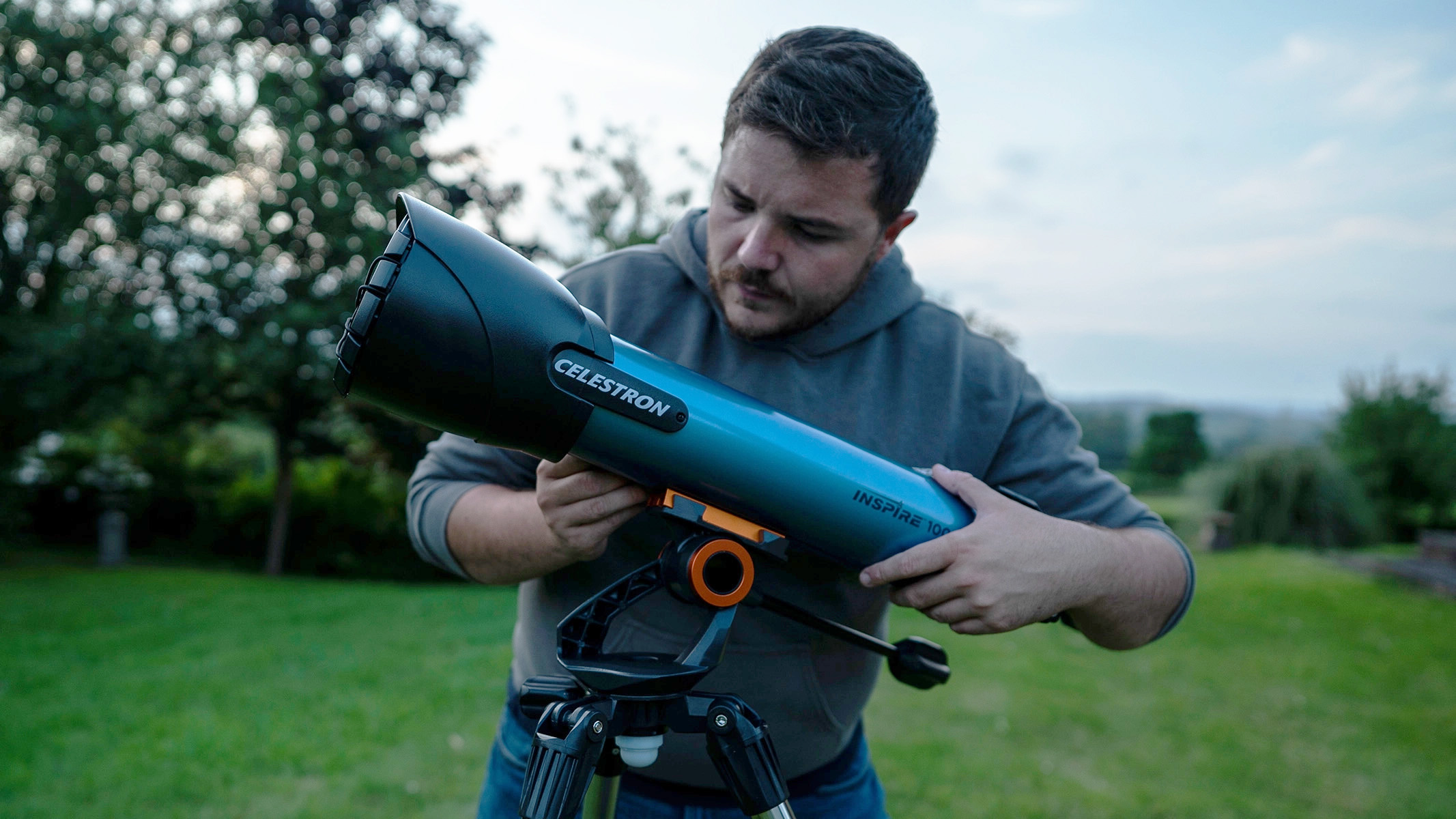
- Are you in an area with lots of light pollution?
- Are you observing during a full moon or new moon?
Where you plan to observe is a major consideration. City skies are affected by light pollution, which can wash out faint celestial objects.
If you live in a town or a city, it's likely that light pollution will be a challenge. Larger aperture telescopes can help by gathering more light from the celestial objects, but even they have limits.
Smart telescopes, like the Unistellar eQuinox 2, use built-in technology (namely Smart Light Pollution Reduction technology) to filter out city light electronically, revealing objects that would otherwise be invisible. These are excellent but can set you back a couple of thousand dollars. Check out other smart telescopes with this functionality.
If you're lucky enough to have access to dark skies, you don't need to worry too much. A reflector telescope with a large aperture is your perfect dark sky companion.
It isn't only the quality of the sky that you need to consider when thinking about your environment, physical space comes into play, too. Which brings us to...
4. Portability and storage
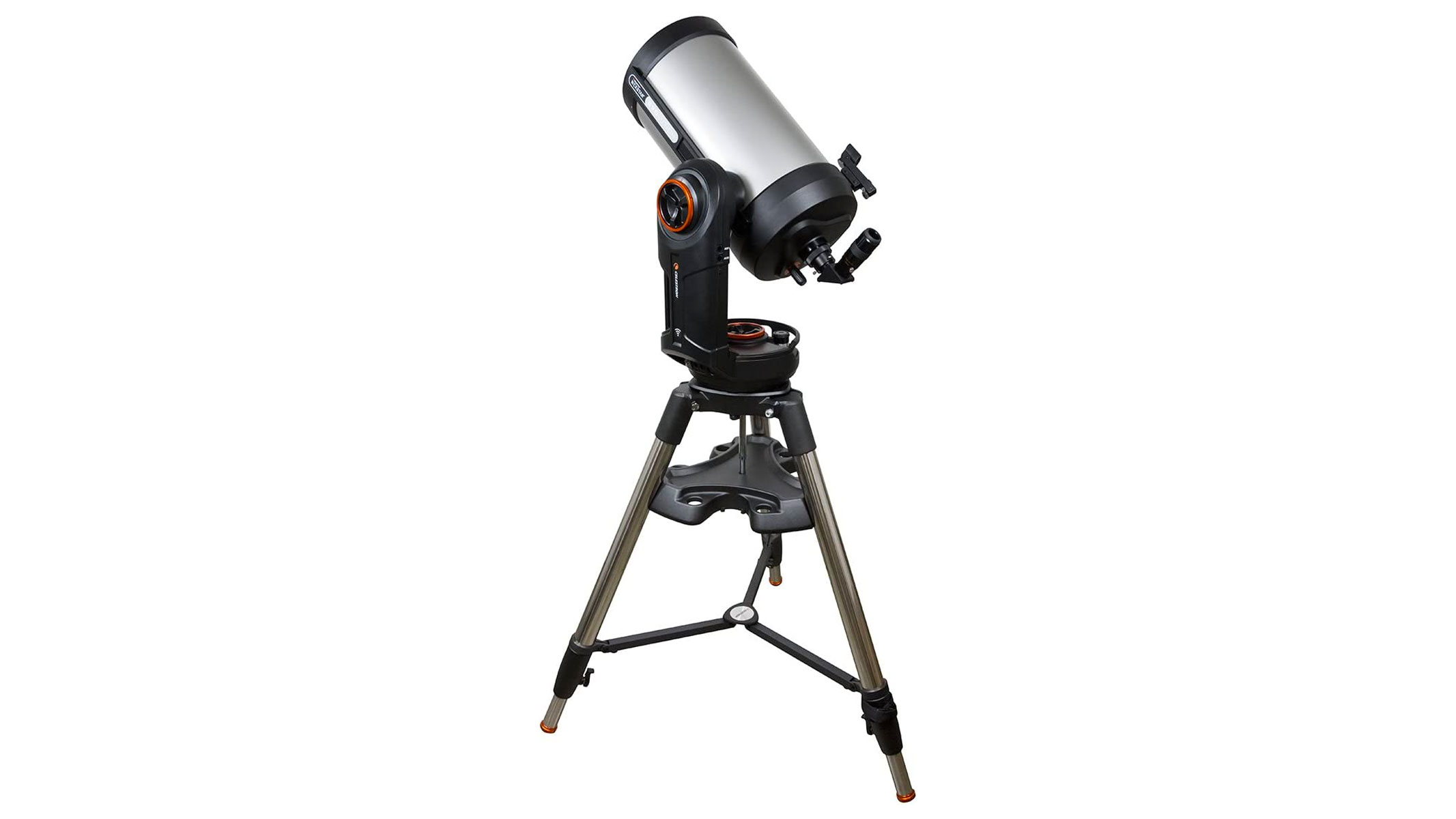
- How long do you want to spend setting the telescope up?
- Where will you store your telescope when it isn't in use?
- Will you be trekking to dark sky locations, or driving?
Always consider the telescope's ease of use. Some telescopes, such as a tabletop Dobsonian, can be used right out of the box, whereas a computerized telescope can take time to set up, align and link to a remote, app or laptop. Some also require more maintenance, like collimation, than others.
Storage is also worth considering. We aren't all blessed with enough space in our homes to leave our telescopes out, and larger telescopes, obviously, require more space to store. Consider where this will be before you splurge on a large model — you don't want getting your telescope in and out to be a chore. We've listed our favourite small telescopes in this guide.

As well as the telescope's physical footprint, weight must also be considered. We've already mentioned that even small catadioptric models can be weighty and depending on the model and your general health and fitness, you might need to consider something more lightweight. Perhaps instead of the excellent Unistellar eVscope 2 smart telescope, you might want to consider the Celestron AstroFi 102 (16 lbs / 7.25 kg) instead.
5. Don't fall for cheap bundles
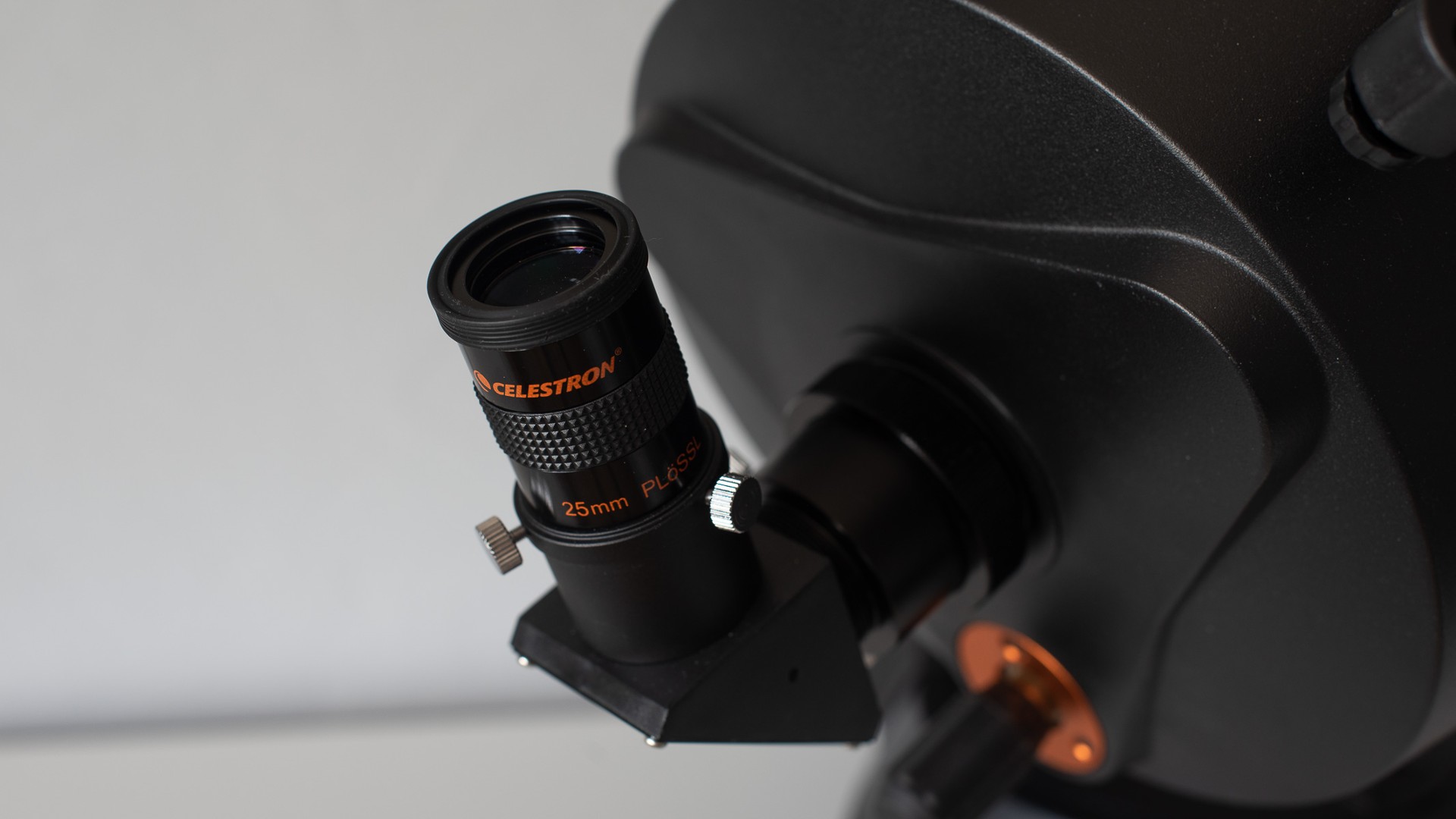
- Eyepieces are important; those bundled into deals might not add any extra value
- Mounts are also crucial to a pleasant experience. You need a reliable mount
As with a lot of products, if a bundle looks too good to be true, it probably is! The packages on sale will likely include a decent telescope, but to sweeten the deal over their competitors, retailers might throw in something extra. Sometimes, cheaper bundles like these can include additional third-party eyepieces, lens cleaning cloths, a flimsy tripod or other accessories that we would not recommend purchasing or using.
Our friends at Space.com have listed their favorite telescope eyepieces and telescope mounts. Check there first before being drawn into bundled items.

Kimberley Lane, E-commerce writer for Live Science, has tested a wide range of optical equipment, reviewing camera gear from Sony, Canon, OM System and more. With over 6 years of photography experience, her skills span across landscape and seascape photography, wildlife, astrophotography and portrait work. Her photos have been featured in a number of national magazines, including Digital Camera World and Cosmopolitan. She has also contributed to our sister site Space.com and Tech Radar, and she regularly uses binoculars and telescopes to stargaze in the dark skies of South Wales.
- Tantse WalterContributing Writer
You must confirm your public display name before commenting
Please logout and then login again, you will then be prompted to enter your display name.
